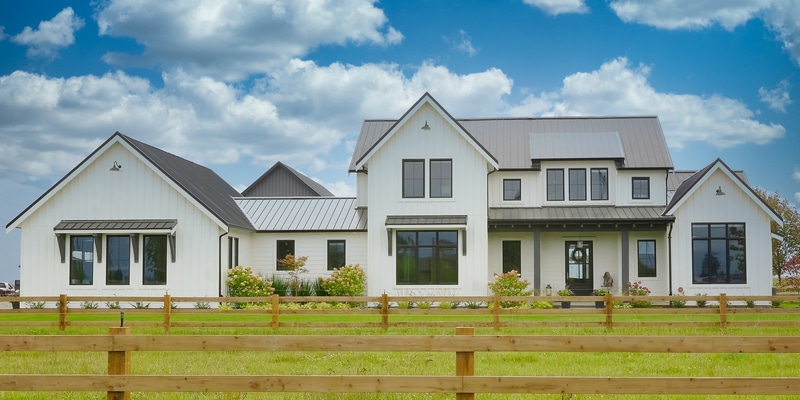
In this guide you’ll learn: What is board and batten siding? When you’re considering different siding options, going with something …
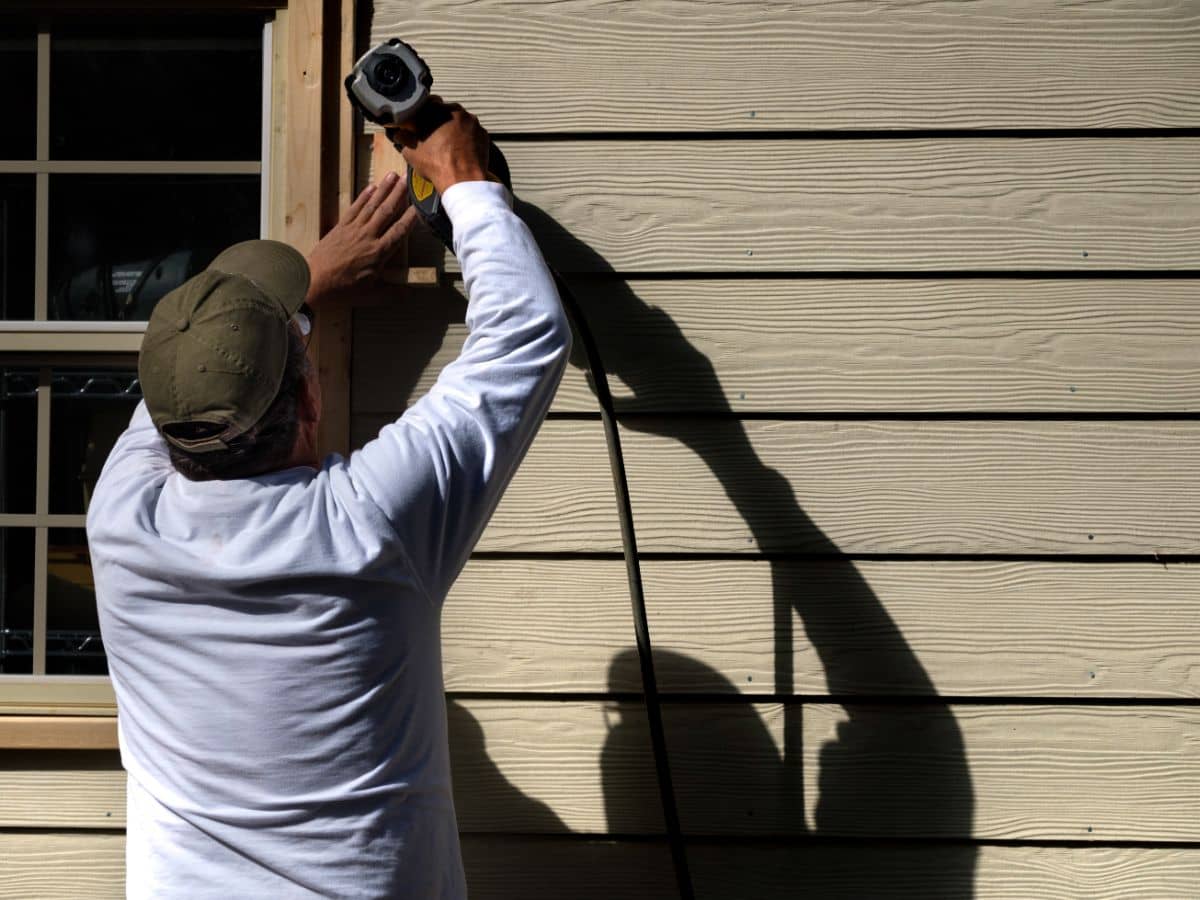
Not sure if your siding still has years left or if it’s time to replace it? May homeowners have wondered about it: How long does siding last? After all, your siding is one of the most important home exterior features for protection against harsh weather conditions.
In this blog, we’ll explore the lifespan of different siding materials and what affects siding lifespan. We will also discuss the key signs that indicate it’s time for an upgrade. By the end of this article, you’ll better understand what to expect from your siding and how to maintain it for maximum durability.
Knowing the lifespan and capacity of your siding helps you make informed decisions about house maintenance projects and avoid costly mistakes.
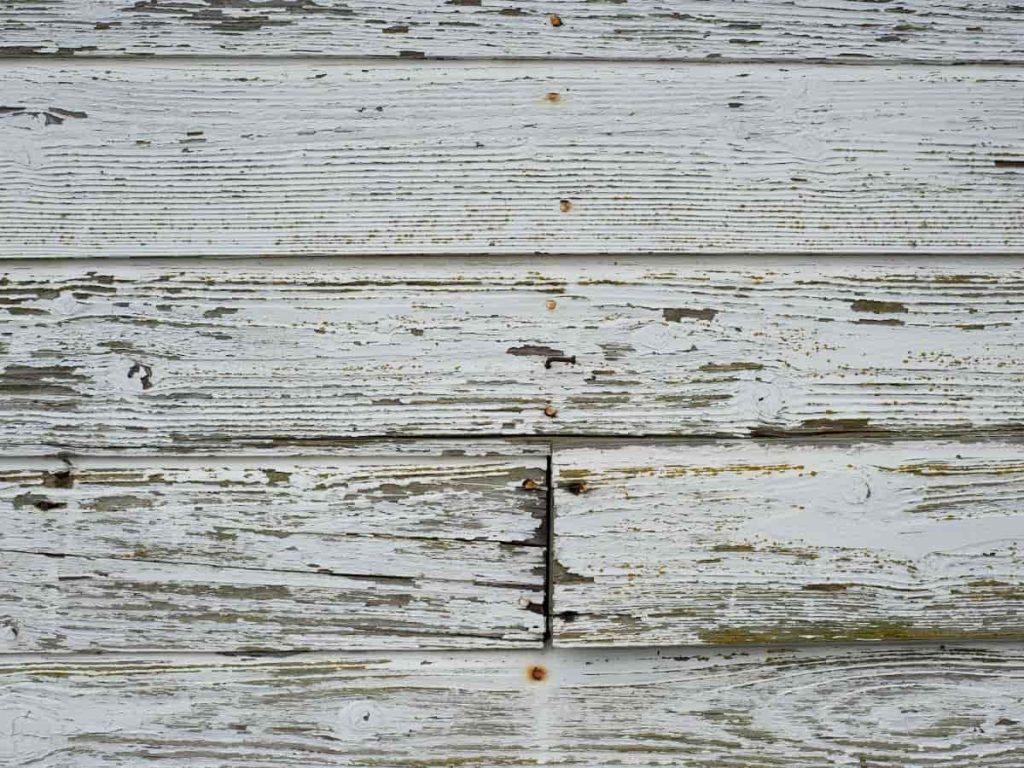
Replace your siding too soon, and you’ll be wasting money on a premature siding replacement. Wait too long, and you’ll risk moisture infiltration, pest damage, and other issues that can compromise your home’s integrity. So, we arrive at this question: When to replace siding?
The answer lies in your siding’s average lifespan, which depends heavily on the siding materials used and the quality of siding installation. In the next section, we’ll explore the different types of siding and their expected lifespans.
The siding materials you choose have a significant impact on your siding’s lifespan. Different siding materials vary in terms of durability. Let’s take a closer look at the average lifespan of popular siding options:
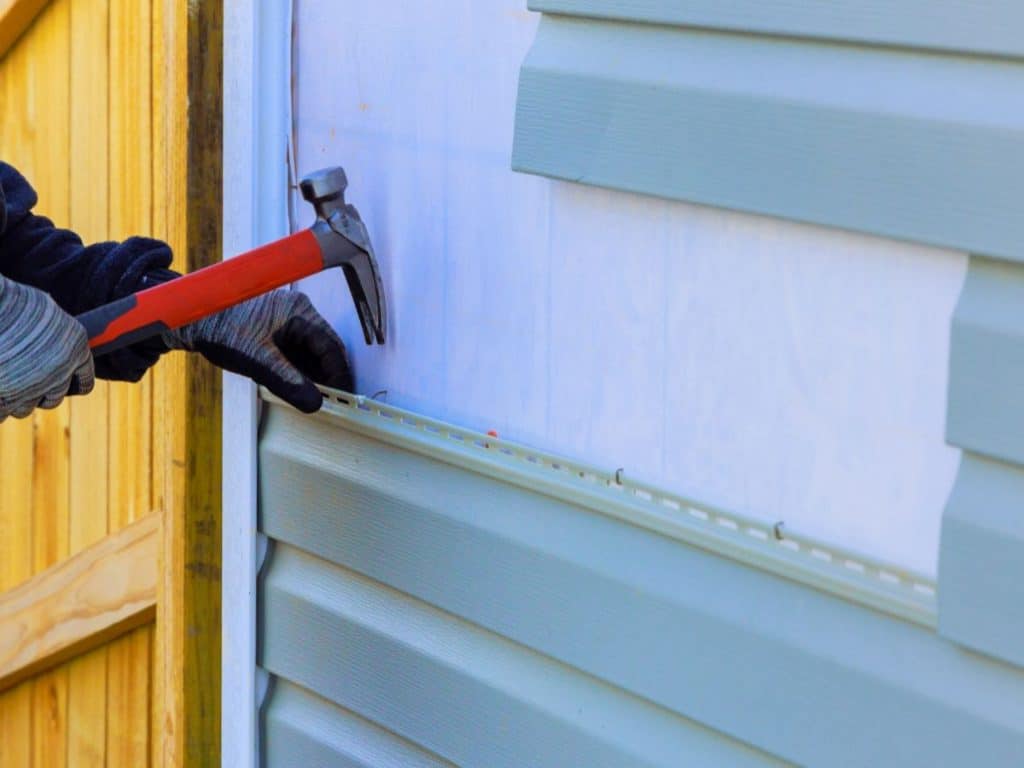
When choosing your siding, consider its average lifespan, maintenance cycle, and energy efficiency. Also, consider your lifestyle, budget, and priorities—are you looking for a low-maintenance option, or are you willing to perform regular cleaning and upkeep?
Siding lifespan is influenced by many factors. But what exactly determines their actual lifespan? Let’s dive into the key factors that impact siding durability.
While the durability of your siding is largely determined by the siding materials used, regular maintenance and upkeep can significantly impact its longevity. By combining quality siding with consistent care, you can enjoy a longer-lasting exterior that protects your home and boosts its curb appeal.
Like any other part of your home, your siding can show signs of wear and tear over time. So, if you notice any of the following issues, it may be a sign that your siding is failing. Keep an eye out for the following:

Take the initiative to walk around your home and look for these signs of damage. If you notice any issues, book a professional siding damage assessment to help you determine the best course of action.
We’ve already discussed how long siding lasts, including the many factors affecting its lifespan. As a homeowner, you want your siding to endure and maintain its aesthetic appeal. But how can you exactly improve its longevity? Here are some simple yet effective ways to make your siding last longer:
This proactive approach to home maintenance can extend the lifespan of your siding. Taking care of minor siding issues early can avoid costly repairs and keep your home’s exterior looking its best.
How long does siding last? The answer depends on a combination of factors, from the type of siding materials used to the local weather conditions and the level of proper maintenance. By recognizing key signs of damage early, you can avoid costly repairs and extend your siding’s lifespan.
Need help assessing your siding? Contact Storm Guard today for a professional inspection and expert guidance.

In this guide you’ll learn: What is board and batten siding? When you’re considering different siding options, going with something …
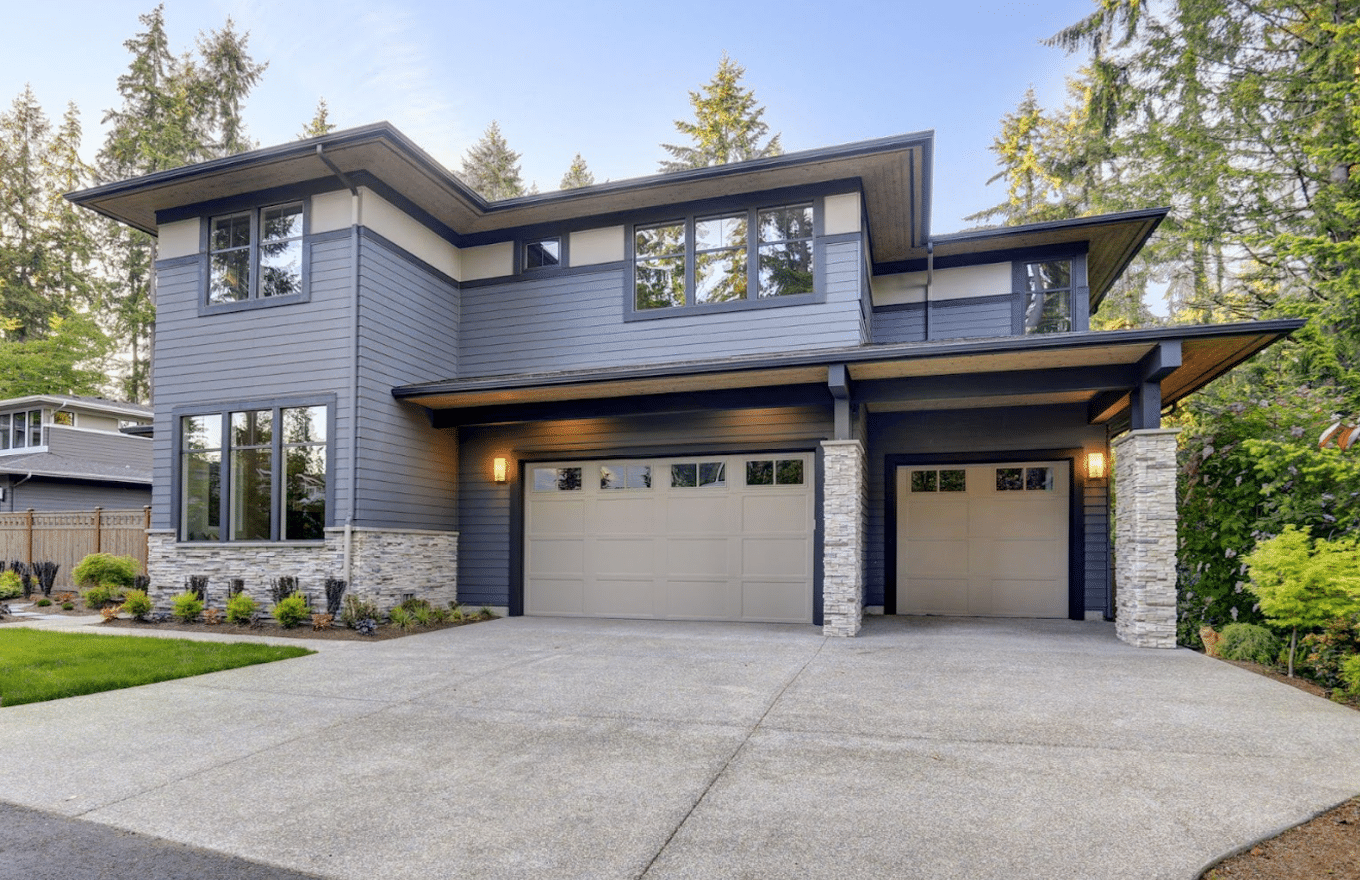
Your home’s siding not only protects it from the elements but also contributes significantly to its overall curb appeal. To …
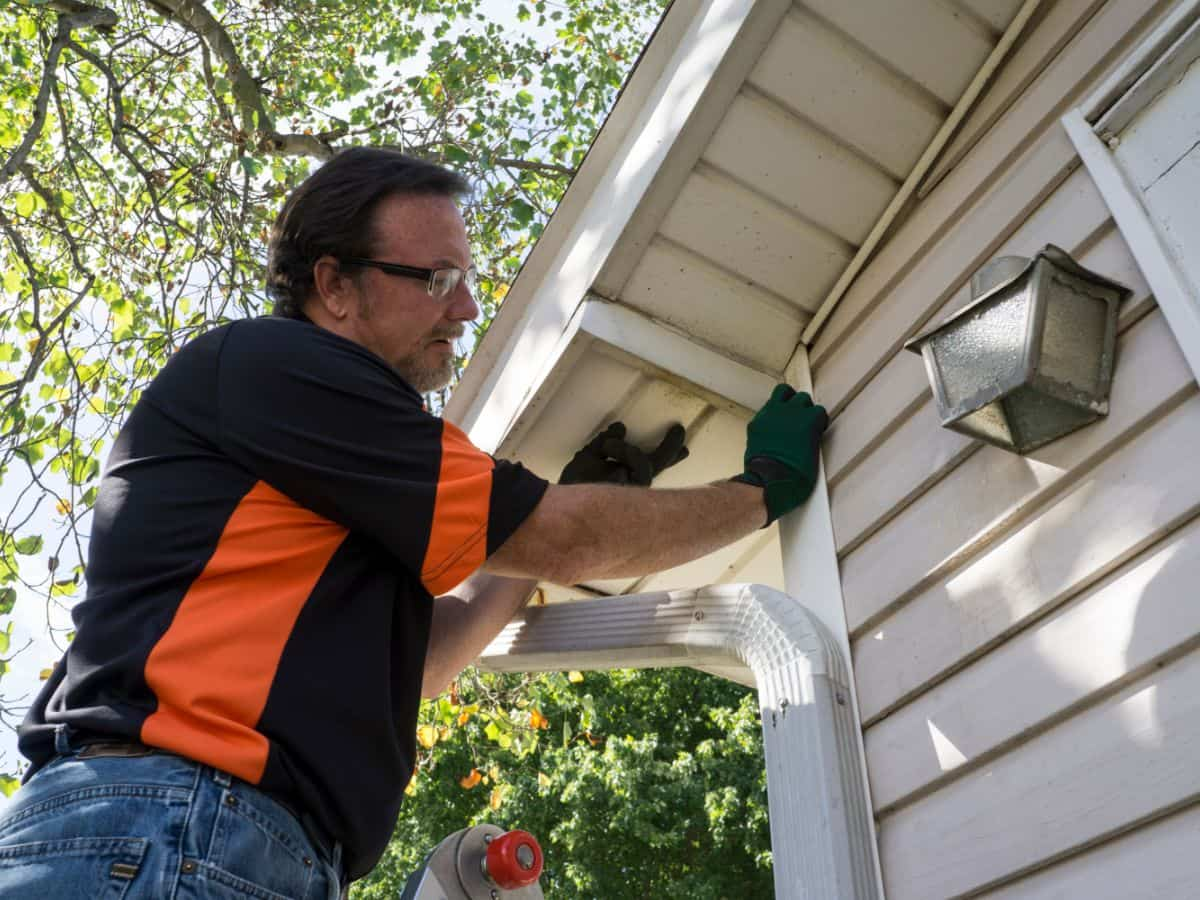
Many homeowners consider siding a mere decoration on a home’s exterior to enhance the property’s curb appeal. When damaged, it …
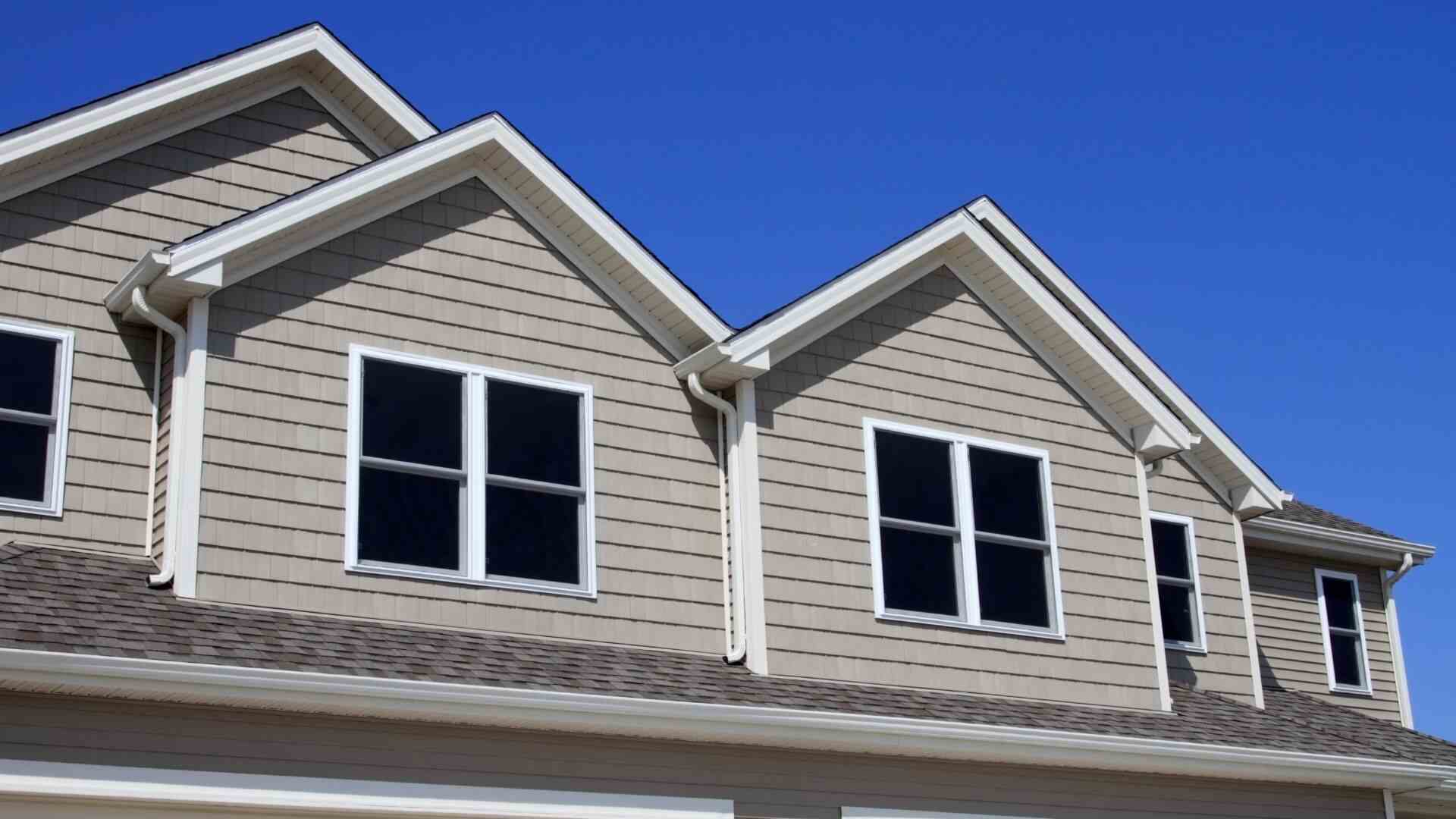
Siding is more than just a facade. It’s the frontline of your home’s defense against the elements. Thus, it’s crucial …
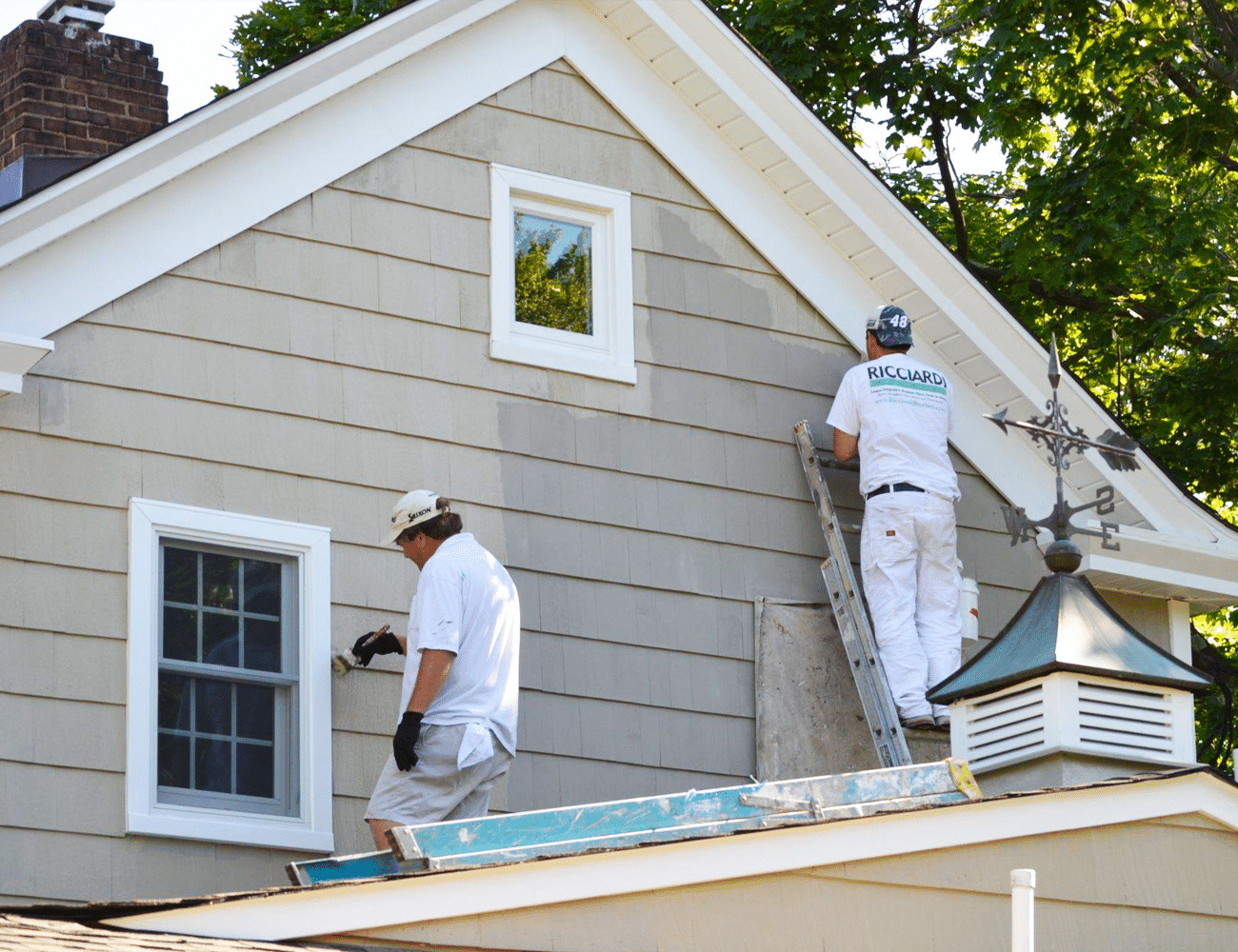
A well-executed house exterior paint job not only boosts your property’s curb appeal but also protects against the harsh elements. …
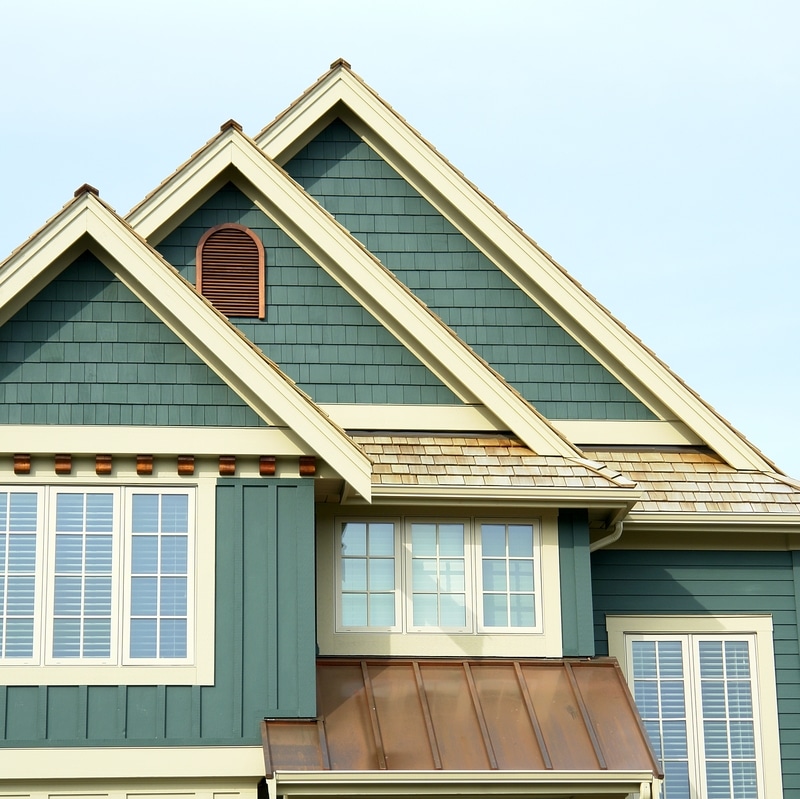
Once you’ve determined what key functions you want your siding to have, you then have to choose a style. There …